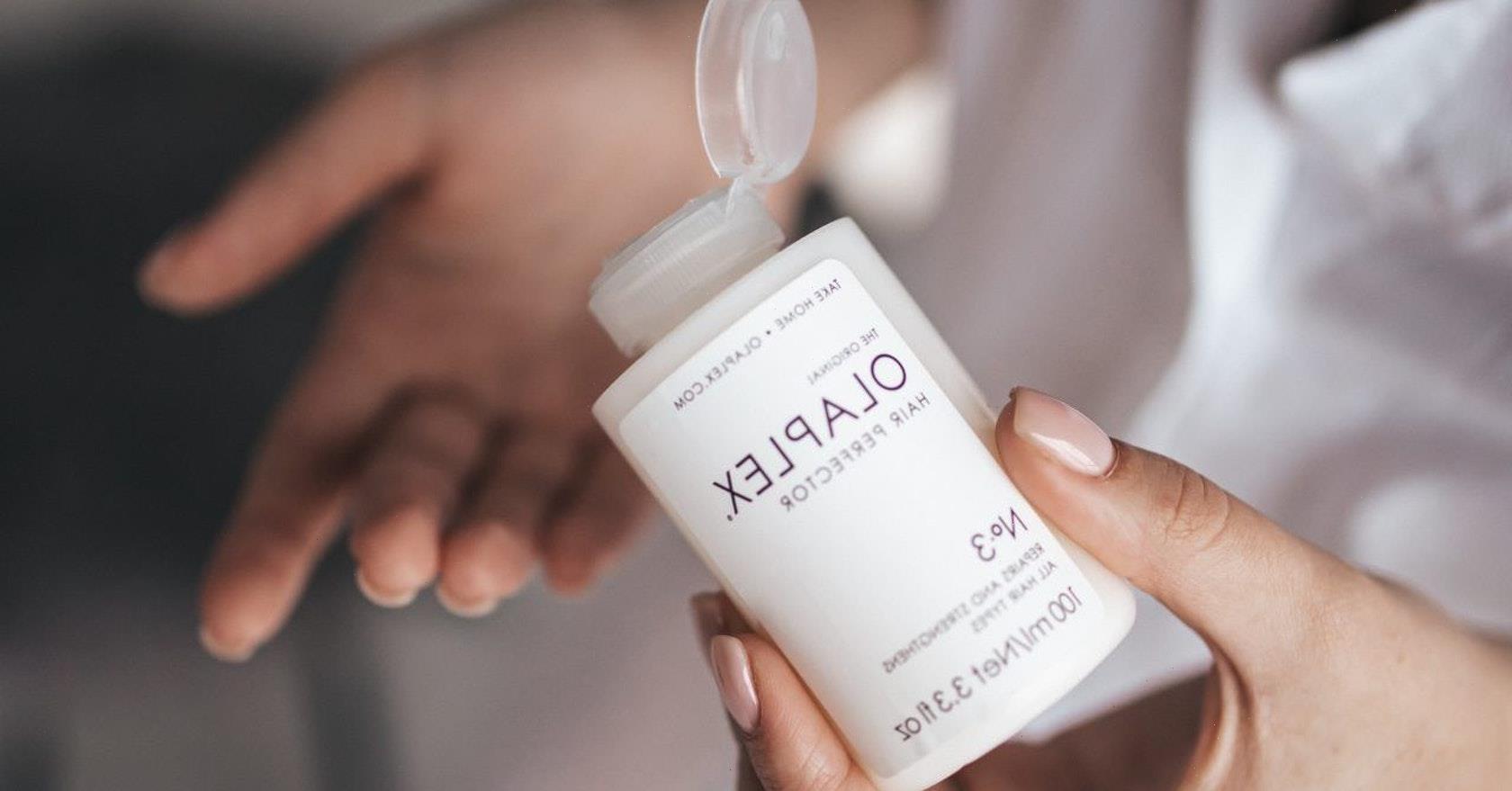A common beauty ingredient is set to be banned in the EU for its link to cancer, gene mutations and reproductive issues. Here’s everything you need to know…
A common ingredient used in beauty products and other household items (such as cleaning detergents) has been banned in the EU. But fans of Olaplex No.3 have spotted it as still being included in the ingredients list of the best-selling hair product – causing concern about the formula online. But should you ditch your favourite hair mask and is it really cause for concern? We did some digging, reached out to Olaplex and spoke to an NHS doctor to sort the facts from fiction. Here’s everything you need to know.
Which ingredient has been banned?
Butylphenyl methylpropional (which is also referred to as lilial) is a common fragrance, which was banned in the EU in 2020 after being classified as a ‘Carcinogenic, Mutagenic or Reprotoxic (CMR) 1B substance.’
Why is this concerning? According to Northumbria University, “CMRs are chronically toxic and pose a serious threat to human health.” Carcinogenic chemicals can cause or promote cancers, mutagenic chemicals can cause genetic mutations and reprotoxic chemicals can damage the reproductive process.
This means that the use of CMR substances are prohibited unless they meet certain exemption criteria. Products containing butylphenyl methylpropional will now be prohibited from being placed on the market by 1st March 2022 in EU countries and Northern Ireland.
Does Olaplex No.3 contain lilial?
Eagle-eyed shoppers have noticed that butylphenyl methylpropional still appears to be present in some older bottles of Olaplex No. 3 still on sale in Britain. However, Olaplex tells Stylist that butylphenyl methylpropional is no longer used by the brand.
“Olaplex No. 3 Hair Perfector is not being banned. Olaplex takes the health of our consumers and regulatory compliance seriously.We no longer formulate with this ingredient.Since January 1, 2022, Olaplex has not sold any products containing butylphenyl methylpropional, also known as lilial, in the EU or UK.”
Why is lilial not yet banned in Britain?
A statement released by the Cosmetic, Toiletry & Perfumery Association (the CTPA) regarding the ban explains: “The legislative process for BMHCA [lilial] began before the UK left the EU. It is important to stress that the CMR classification of BHMCA and the ban now in force in the EU, and expected in GB in the future, is based on the hazardous properties a substance might have under a ‘worst case’ situation and does not take account of whether there is any risk associated with specific uses or exposures.”
Should you throw away older bottles of Olaplex?
The CTPAs statement explains that “consumers who have bought cosmetic and personal care products that contain BMHCA, can be reassured that these products are still safe to use. They will have undergone a rigorous safety assessment by an expert safety assessor to ensure their safe use.”
“I think that awareness is key for consumers and they should have the knowledge of what is actually in the products that they use,” Dr Raj Arora, GP and aesthetic doctor tells Stylist. “I don’t think it’s a cause for concern if you are using an older formulation of the Olaplex product. At this stage, removing the ingredient from cosmetic formulations like Olaplex is more a precautionary measure than anything else. The chemical is likely to cause harm in much higher doses than what are contained in the Olaplex No. 3.”
“Doctors are still learning about the actual impact of endocrine disruptors on the body and the ingredient should not be amplified as a direct cause of infertility. We need more scientific research to back the exact impact of such chemicals.”
“Be weary of your ingredient list but don’t panic if you have an older formulation of Olaplex – I do, and I used it last night!”
Main image: Taisiia Stupak via Unsplash
Source: Read Full Article
